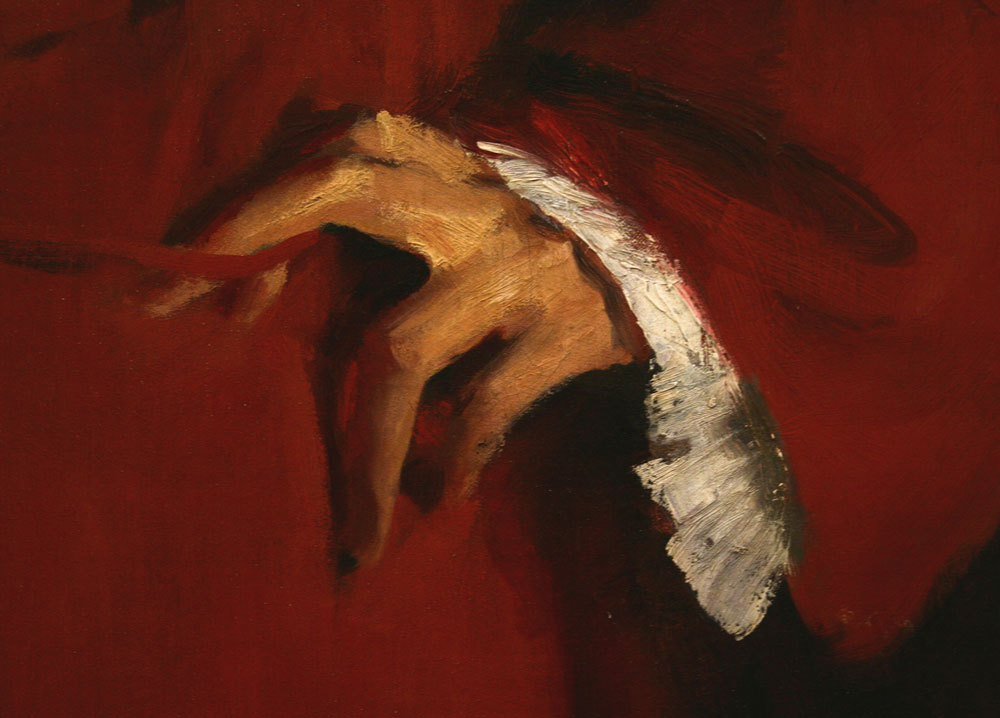
As I traveled along the straightaway, the voice soon instructed me to take a right turn, which I did. I found myself on a dirt road. I didn’t think much of it at first since I knew the house was in a rural area. A left turn came next, leading me onto a smaller dirt road. There were very few lights around as I bumped along, squinting out the windshield trying to see where I was headed. Suddenly, the road ended at a small irrigation ditch. The voice told me to turn left, but that only led me back in the direction from which I’d come. I needed to be on the road I could vaguely see on the other side of the ditch. But I couldn’t get across. I began to realize that my mapping app didn’t actually know how to get me to my destination.
Keep in mind that too much of something can become just that — too much. With that said, I’d better sign off before I overwork this post….
I backtracked to the main road and followed it to the next turn (onto a paved road), then easily found the house. The directions should have led me along the much more direct route — the better way to reach my destination.
Sometimes there is a simpler way and we have to pay attention to find it.
Making things too complicated is a regular pitfall for us in many areas of life. In painting we call it overworking. It usually happens when the artist endlessly dabs in a given section of a painting, waiting for just the right shape or effect to suddenly appear from the ongoing jumble of brushstrokes.
Sound familiar?
As you may have discovered, scraping what you’ve painted and starting again is sometimes necessary to get back to a stronger, simpler shape.
John Singer Sargent was reported to regularly scrape and repaint various sections of his portraits. Rather than dabbing at them to try to get them right, he would scrape and repaint them to achieve the simplest finish. When we view his paintings today, the sheer simplicity of the brushwork is almost unparalleled. There was wisdom in his method. Take a look at the above image: “Self Portrait” (detail), by John Singer Sargent, painted in 1907.
So how do we follow Sargent’s lead and avoid overworking our paintings? A few ideas:
1. Limit your painting time. I’ve found that sometimes my more rapidly done paintings retain a simplicity and strength that becomes lost when I spend more time on a piece. For example, limiting myself to an hour for small plein air works often produces better results. Some artists actually set a timer.
2. Lengthen your planning time. Try to avoid jumping in and starting your painting without much thought.
3. Simplify. See objects in your subject as simple shapes.
4. Visualize. Picture the brushstrokes you want to use to fill in each area of your chosen scene.
5. Include only the essentials. Leave out unnecessary details that require extra painting time, but don’t add anything to your painting.
6. Like Sargent, don’t be afraid to scrape. If you realize that you’re breaking down your shapes too much with unnecessary dabs/details, scrape or wipe the area and repaint it.
Keep in mind that too much of something can become just that — too much. With that said, I’d better sign off before I overwork this post….
Leave a comment below if you have other ideas to help us avoid overworking.
